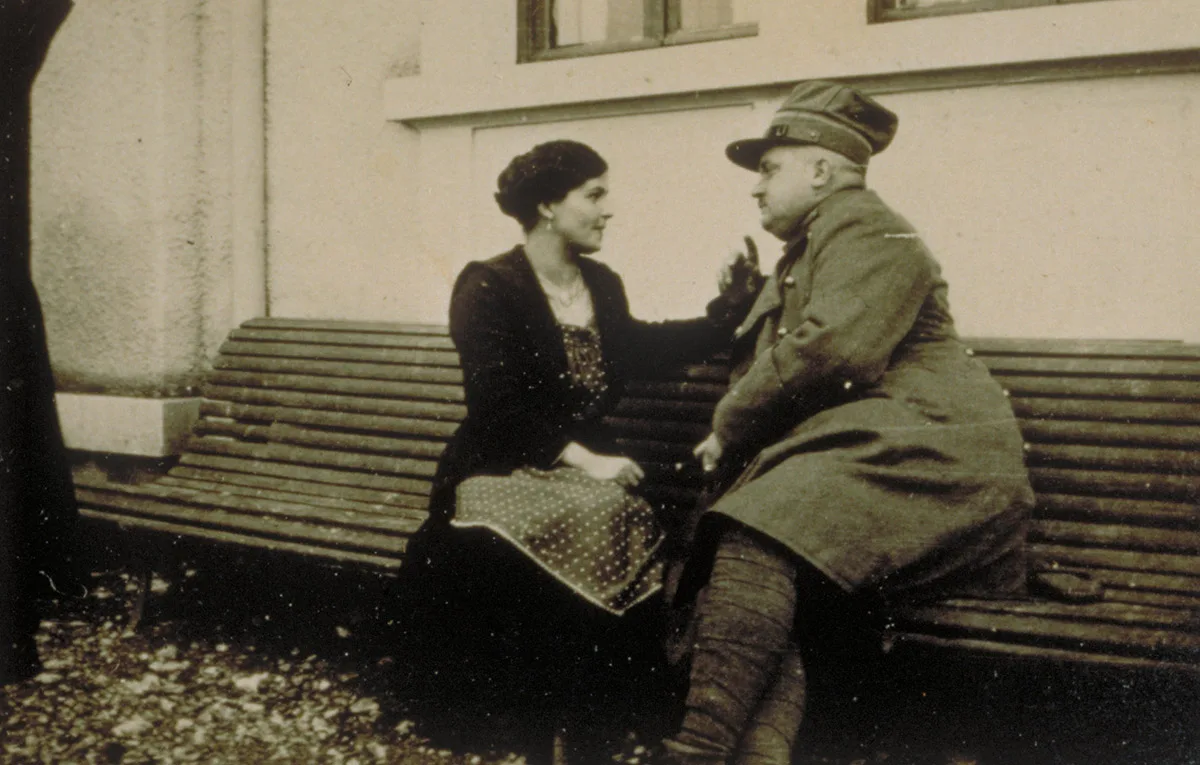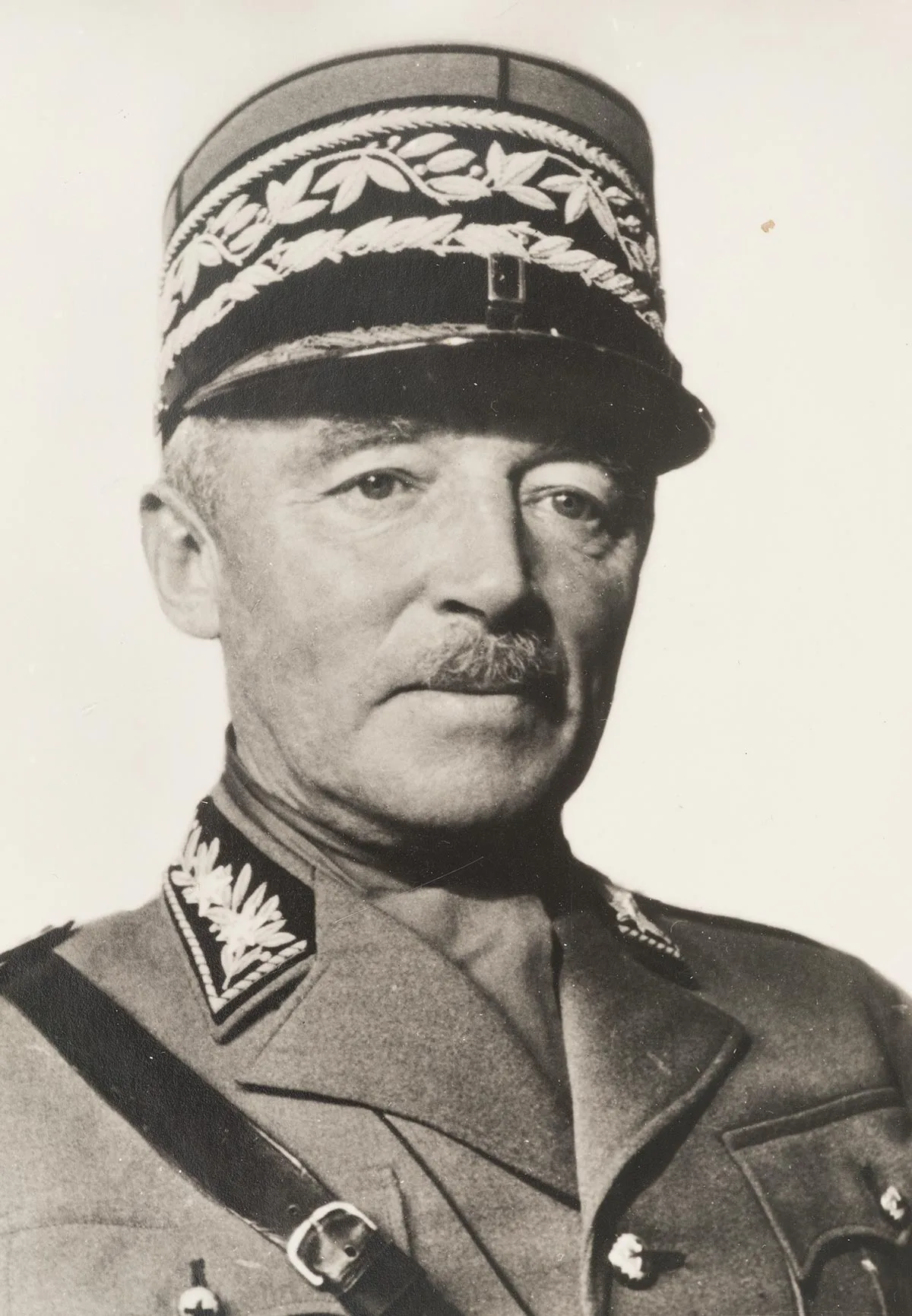
The “Gilberte legend” lives on
Gilberte Montavon continued to be a unifying force in Switzerland during World War II. No longer in person now, but on the theatre stage, in bookshops and on the cinema screen.



A special song just for Gilberte. Excerpt from the 1941 film. SRF
A kiss on the hand from the General

Trio Shmeed blended modern rhythms with elements of yodelling. YouTube
This article appeared in the Bieler Tagblatt. It was published in that newspaper on 10 July 2020 under the title “How a waitress became a legend”.
Read here how the “Gilberte legend” began during World War I.



